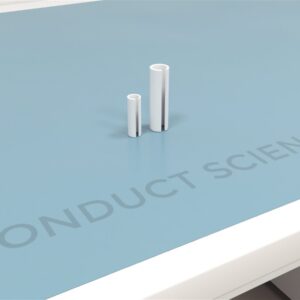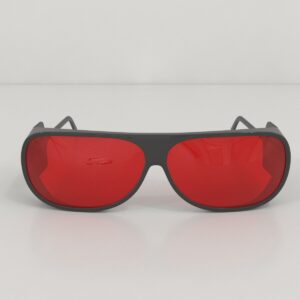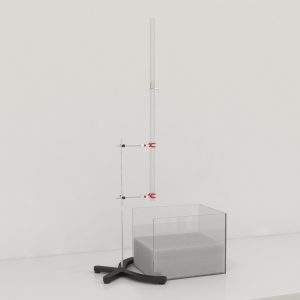The Cincinnati Water Maze (CWM) is a complex maze designed to examine egocentric navigation, learning, and memory. Egocentric navigation refers to locating places using proximal or internal cues relative to the organism itself, as opposed to allocentric or spatial navigation, which relies on external cues like visual or auditory signals. In egocentric navigation, an organism relies on route-based and path integration strategies: following a specific route and then taking a direct path back to the starting point after exploring. Over time, consistent use of a particular route can lead to the formation of automatic habits stored in the prefrontal cortex as long-term memory. Because the neural networks involved in egocentric and allocentric navigation overlap, lesions or treatments targeting one can affect the other type of navigation as well.
Water mazes, such as the CWM, use water as a motivator, which provides a consistent incentive for the subject throughout the trials, unlike appetitive tasks where motivation may vary due to differences in body mass or motor deficits affecting the palatability of rewards. The continuous motivation provided by the water contrasts with the declining motivation observed in appetitive tasks as rewards accumulate. Typically, training trials in a straight swim channel introduce the concept of escape before testing in the maze, helping prevent frustration and premature cessation of searching, as seen in the Forced Swim Test (FST). Water maze tasks generally require fewer trial days and limited trials per day compared to appetitive tasks, as they do not involve off-task behaviors like sniffing or grooming.
Various water maze tasks are employed to study allocentric navigation. The Morris Water Maze (MWM), developed by Morris et al., involves finding a submerged platform in a pool of water from different starting points. The Radial-arm Maze (RAM) is another tool, where either all or some of the arms are baited to assess spatial navigation and memory, and relies on food deprivation for positive reinforcement. A modified version, the Radial-arm Water Maze (RWM), substitutes water for the maze environment and uses negative reinforcement. Both RAM and RWM come in different versions and protocols.
The Cincinnati Water Maze (CWM) is particularly effective for studying egocentric learning and memory, especially when conducted in darkness to eliminate distal cues. In contrast, land-based mazes with blindfolds can also investigate egocentric learning and memory, a modification not possible with water mazes.
AfaSci, Inc. is a biopharmaceutical company focused on discovering and developing innovative therapies for pain management and neurological disorders. Based in the San Francisco Bay Area, AfaSci specializes in non-opioid, non-NSAID solutions to address chronic pain, neuropathic conditions, and central nervous system diseases. Their research is centered around peptide and small molecule drugs, with several promising preclinical candidates targeting specific ion channels and enzymes involved in pain and inflammation. With a strong intellectual property portfolio and strategic partnerships with academic institutions, AfaSci is dedicated to advancing novel treatments that aim to improve patients' quality of life while reducing reliance on traditional painkillers.



bool(false)
| Brand | MazeEngineers |
|---|
You must be logged in to post a review.
There are no questions yet. Be the first to ask a question about this product.
Reviews
There are no reviews yet.